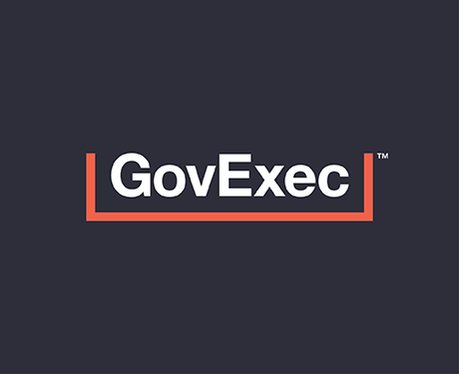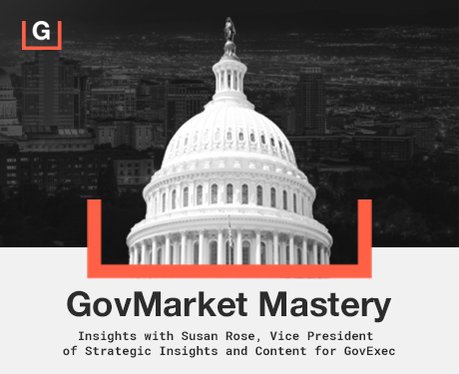From addressing growing cyber threats to navigating the influx of federal infrastructure dollars, drastic fluctuations in the state & local landscape have made government work increasingly complex. Today, state & local leaders are tasked with not only finding the savvy solutions and bold ideas that will drive their communities forward, but to find them as quickly as possible. As a result, public servants are tackling even more tough terrain: overladen workloads, chronic fatigue, and employee burnout. A MissionSquare Research Institute survey reveals that 52% [of state & local government workers] are considering voluntarily leaving their jobs due to Covid-19.
With all this uncertainty, crisis, and relentless change, where do state & local employees turn to remember the impact they make in the lives of the citizens they serve? How can state & local agencies build resilience and reinvigorate their teams? It starts with building strong, positive leadership.
Transformation comes from teams that are set up to succeed.
The success of any organization - state, local or not - relies on effective leadership. Equip your team with the tools and training they need, and great leaders can be made. Leadership skill sets implicitly inspire others, drive change, communicate clearly, create accountability and build relationships that foster collaboration and deliver high value to those they serve.
By contrast, with little to no training, there’s a higher chance that teams may not see or even have the resources they need to reach their fullest potential. This often leaves individuals feeling uninspired, disengaged, and undervalued. Like a chain reaction, this lack of engagement, investment and support is what then negatively impacts the ability of a state & local organization to meet the demands of its citizens and keep essential services and programs running smoothly.
So what exactly does being a “better leader” look like in the day-to-day? The answer lies in the way leaders mentor and engage their teams. Meaningful actions, such as demonstrating employee appreciation, fostering employee development, and prioritizing mental health, make a significant difference in boosting team morale and productivity. At a more fundamental level, strengthening and redefining the way state & local government recruits, nurtures, and retains talent is also necessary. Recently, the application process for state & local jobs has become encumbered by a variety of challenges, including slow hiring and lengthy background checks. As a result, talented candidates are turning to the private sector for jobs, suggesting that state & local employers ought to give more thought to creating a positive experience not just at hiring, but throughout the entire employee lifecycle - from recruitment to development to retention. Whether it’s recognizing strong work or providing thoughtful feedback on an employee’s performance, it’s these tiny but mighty moments that make or break how strong a team performs. This impacts how empowered each individual member feels in enriching the lives of their constituents and communities.
Developing a hyper-engaged, mission-driven workforce begins with the leaders who are running them in the first place. What public affairs specialist Dannielle Blumenthal said a decade ago applies today: “Now more than ever, leaders should focus on unifying the troops, engaging them to go above and beyond, and increasing morale by publicly and privately thanking them for their contributions.”
It means creating better leaders - at all levels.
What comes to mind when you think about “leaders” in states and localities? Most of us wouldn’t hesitate to say governors, legislators, mayors, and other policymakers across the nation. However, leaders can be found in more than just the congressional offices and council rooms. Whether it’s managing the delivery of essential government services or conducting research for an agency, government’s first and second managers are key in driving mission success. Known as “frontline managers,” these are the leaders who directly oversee 80% of the workforce, making up 50% to 60% of an organization’s management levels.
Despite accounting for a large portion of government (and truly, any industry) with great influencing power, only 20% to 30% of an organization’s leadership development program budget actually targets this group. Cheryl Smith, Former McKesson CIO, once said it best: “Frontline managers are the most critical manager in the organization and too often the least trained and prepared to effectively lead. For any organization to be effective, the leadership skills gap at the front line must be closed.”
What can be done to close the leadership gap? As a starting point, state & local employers should consider their frontline managers in their leadership development programs. By elevating the leadership capabilities of managers at all levels of the organization, leaders will feel empowered to coach, problem-solve, and build their teams in ways that help meet mission needs.
When frontline leaders are cultivated and engaged better, this directly and positively impacts performance. When frontline leaders improve, their teams become more dynamic, their organizations’ create greater value to those in the communities in which they serve, and those frontline individuals leading the way can achieve their fullest leadership potential. It’s only through thoughtful investments in the people behind the mission that will enable states, cities, and counties across the nation to remain resilient when the unexpected happens.
Leadership training and development makes a difference.
Great leaders are not born. Even the most innate leaders can develop new leadership competencies and learn key principles that enable them to motivate their teams, meet their communities’ demands, and find solutions to address the complexity of government’s toughest challenges. While the pandemic has presented new challenges that force state & local governments and its leaders to evolve, there are solutions that will help them deliver more to its citizens for less.
The best development programs are well-targeted; intentionally designed with accessibility, relevance and efficiency. The Professional Development Academy (PDA) is one such example, serving as a go-to leadership development destination for organizations across industries to advance their frontline leaders.
Developed in partnership with executives from Fortune 500 companies and government agencies, industry thought leaders, futurists, and faculty members and researchers from the most prestigious universities in North America, PDA is a collaborative effort with a distinct purpose: to develop frontline leaders to their fullest potential. Equipped with insights, wisdom, and empowerment, PDA content is aimed at developing frontline and mid-level leaders through structured combination of practice-based theories and immediate application. PDA provides training to nearly two-thirds of the 3,069 counties, parishes, boroughs, and territories across the United States.
General Colin Powell, Former United States Secretary of State encapsulates the vision of the Academy best: “The Professional Development Academy is a transformational leadership program that has proven to be the most scalable, cost effective, and efficient way to make your leaders better.” Tap into the power of leadership development for success and learn more about PDA’s six robust leadership curriculums here.
A final question state & local agencies may ponder: "What if I do invest in training to build better leaders and those leaders then leave?" Consider the alternative: What if you don't train them and they stay? Organizations with highly-engaged workforces know the importance of prioritizing leadership development, and understand how their investment will truly attract great talent and retention. From implementing new state policies to managing local security issues to enforcing the law on-the-ground, it is strong leaders and their unwavering commitment that will guide this next generation of states, cities, and counties to a budding future.


